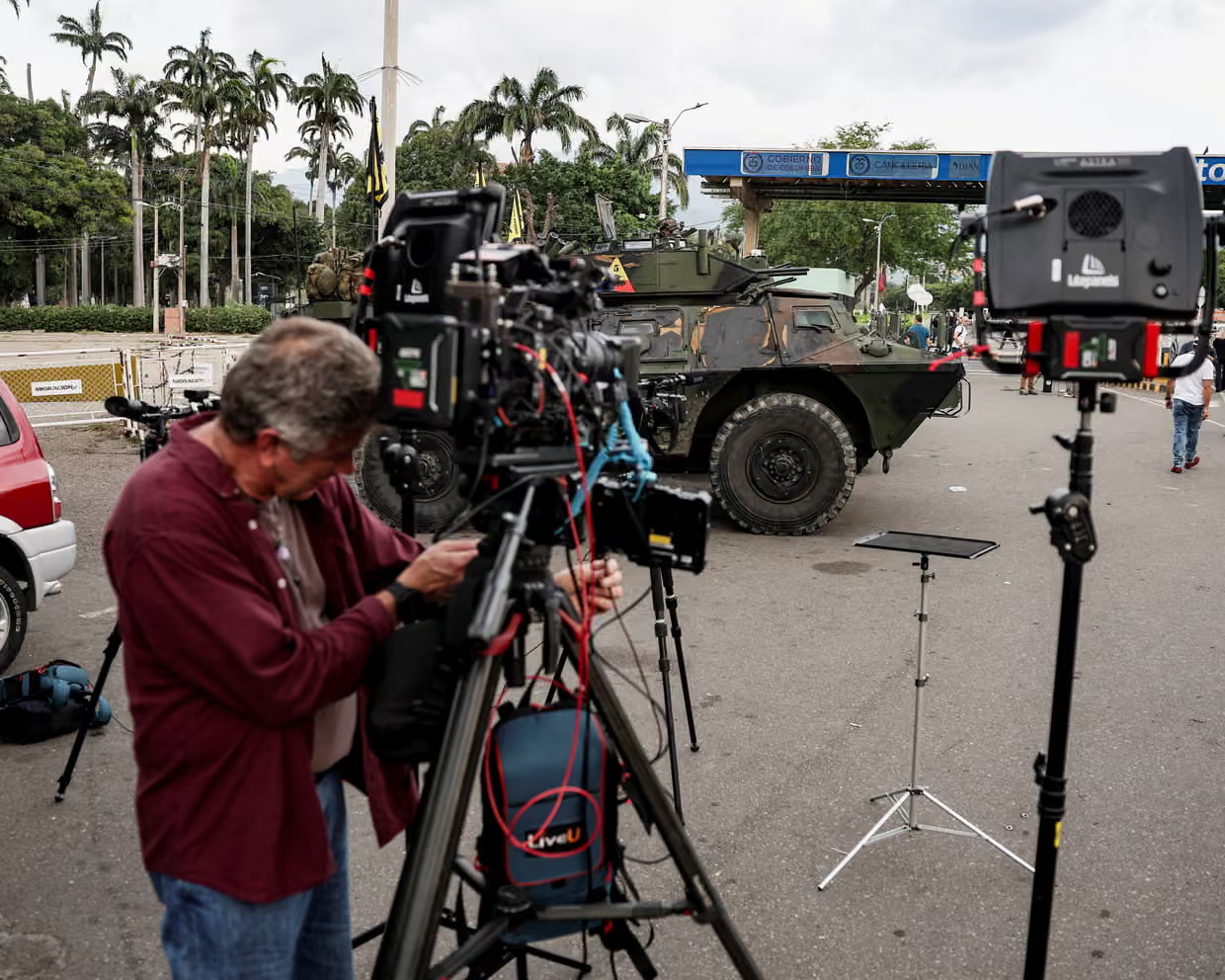Why Vehicular Assault Cases Are Hard to Prosecute

Vehicular assault stands as one of the toughest crimes to prosecute in our legal system. This serious crime happens when someone uses a motor vehicle to hurt another person. Police reports from 2019 show about 6.76 million crashes in the United States. These crashes led to 36,096 deaths and 2.74 million injuries. This is a big deal as it means that social costs went beyond $280 billion. These numbers are staggering, yet prosecutors like me face unique challenges when trying to get convictions in these cases.
The punishment for vehicular assault changes by a lot depending on where you are, and it comes with serious consequences. To name just one example, Colorado courts can send someone to prison for 1-3 years if they drove recklessly or while impaired. The sentence jumps to 2-6 years if they were under the influence. Federal vehicular crimes with violence also bring tough penalties, including long prison terms and heavy fines. Motor vehicle deaths rose by 4.6% in the first nine months of 2020 compared to 2019. This happened even though people drove 14.5% fewer miles. Yet the legal barriers to winning these cases remain high. In this piece, we’ll get into why vehicular assault cases prove so hard to prosecute and what shapes their outcomes.
Elements That Make Up a Vehicular Assault Charge
Prosecutors need specific legal elements to successfully pursue a vehicular assault charge, though requirements differ in jurisdictions of all types. Vehicular assault happens when someone operates a motor vehicle that causes bodily harm to another person. These charges demand proof of misconduct beyond standard traffic violations.
The first significant element relates to proving the driver’s prohibited conduct. This behavior typically falls into three categories: operating a vehicle while intoxicated, driving recklessly, or driving with a suspended or revoked license. Colorado’s law requires prosecutors to establish beyond reasonable doubt that the defendant drove either recklessly or under the influence of alcohol/drugs that directly caused serious bodily injury.
State law defines “serious bodily injury” as the second vital element. Most jurisdictions qualify injuries that create a substantial risk of death, permanent disfigurement, or loss/impairment of bodily organs or functions. Injuries requiring hospitalization, broken bones, fractures, and severe burns meet these requirements.
The culpability level is another significant element. Courts make distinctions between:
- Recklessness: Consciously disregarding a substantial risk that driving conduct will cause harm
- Gross negligence: Failing to recognize an unjustifiable risk that is nowhere near reasonable
Many states presume impairment at specific thresholds in intoxication cases. A blood alcohol concentration of 0.08% or higher or five nanograms of THC per milliliter of blood establishes legal impairment. Research shows that 49% of drivers in vehicular assault cases with blood alcohol above 0.08% also have impairing drugs in their system.
Jurisdictions vary in their required mental state requirements. California classifies vehicular assault as a “specific intent” crime, and prosecutors must prove the defendant acted willfully in a way that would likely result in force capable of producing great bodily harm.
Barriers to Successful Prosecution
Legal teams face many hurdles when they prosecute vehicular assault cases. Just finding the driver responsible isn’t enough. Strong evidence alone can’t bridge several key gaps between filing charges and getting a conviction.
Proving causation stands as the biggest challenge. Prosecutors must show two key things: the death or injury wouldn’t have happened without the defendant’s actions, and a normal person would have known their actions could lead to serious harm or death. The chain of causation can break due to what courts call “intervening” or “superseding” causes—events that override the original wrongful act.
Witness testimony can help but often hurts the prosecution’s case. Research shows that wrong witness IDs led to 70% of convictions later overturned by DNA evidence. Many things affect how reliable witnesses are, like viewing conditions, distractions, bias, and changes in testimony. People’s emotions, nerves, and other factors change how they see events.
Expert testimony creates another set of problems. State-hired accident reconstructionists often lack proper training. Many just take quick courses to learn simple measurements and equations. Their reports range from “hopelessly confused” to “comparatively adequate”. These investigators make crucial mistakes such as:
- Misidentifying skid marks or scuff marks
- Relying on debris positioning (which doesn’t reliably show collision points)
- Missing key physical evidence in their analysis
The strict liability standard seems helpful to prosecutors but brings its own set of problems. They don’t need to prove the defendant’s state of mind, but must still show the injury likely came from the defendant’s criminal act rather than some unexpected cause.
These challenges explain why vehicular assault cases often end in reduced charges or dismissals. The complexity of these prosecutions makes convictions hard to secure.
Sentencing, Penalties, and Legal Outcomes
Penalties for vehicular assault convictions look very different depending on where you live. Several key factors determine the outcome of these cases. Courts label these crimes as felonies or misdemeanors, which leads to very different sentences. A felony conviction could mean anything from probation to five or more years behind bars. Misdemeanor cases usually end with probation or up to two years in jail.
Judges look at several things when deciding sentences. They weigh how badly someone got hurt, the victim’s age, how many people were affected, and the defendant’s criminal history. Texas courts can put someone away for two to ten years and fine them up to $10,000 for third-degree felony vehicular assault. Colorado takes an even tougher stance on cases that involve drunk driving – offenders face 2-6 years in prison and fines from $2,000 to $500,000.
The punishment goes beyond jail time. People who get convicted lose their driver’s license for 1-3 years, and some never get it back. A conviction stays on their criminal record forever, making it harder to find jobs, rent apartments, or get reasonable insurance rates. Felons can’t vote, own guns, and might lose their professional licenses too.
The legal trouble doesn’t stop after criminal court. Victims or their families can sue for damages in civil court, unlike criminal cases where the state prosecutes. These lawsuits aim to recover money for medical bills and lost wages, plus compensation for pain and suffering. Civil courts need less proof than criminal courts to find someone responsible, so defendants might lose civil cases even if they beat criminal charges.
Most vehicular assault cases – over 90% – end in plea deals rather than trials. These agreements usually mean pleading guilty to lesser charges or getting lighter sentences. Judges retain control over these deals and can accept, reject, or change them based on the case details, public interest, and what’s best for victims.
Conclusion
Prosecuting vehicular assault cases brings unique challenges to our legal system. These cases devastate victims and communities, yet many obstacles exist between charging defendants and winning convictions. My experience as a prosecutor has shown me the most important hurdles we face at each stage.
Prosecutors must prove all essential elements – prohibited conduct, serious bodily injury, and appropriate culpability levels. While this requirement exists in all criminal cases, vehicular assault makes these tasks harder through complex causation requirements. We must demonstrate both actual and proximate cause while combating potential intervening causes that could disrupt the chain of liability.
Witness testimony should make cases stronger, but it often creates problems due to perception issues and memory limitations. Emotional factors also affect how people recall events. Expert testimony from accident reconstructionists should provide solid scientific evidence, but inadequate training and flawed methods often weaken their contributions.
Sentencing varies widely between jurisdictions. States classify similar behaviors differently – some as felonies, others as misdemeanors. This leads to vastly different consequences for comparable offenses. Convicted individuals also face civil liability and lasting effects that shape their future.
Plea bargaining has become the primary way to resolve these cases. This process helps overloaded court systems work faster, but it doesn’t always deliver justice that matches the harm done.
The intricate nature of vehicular assault cases explains why successful prosecutions remain challenging despite how common they are. Prosecutors must handle each case carefully by gathering detailed evidence and preparing for defense strategies that target these inherent challenges. A full understanding of these obstacles and thorough preparation offer the best chance to secure justice for vehicular assault victims.





